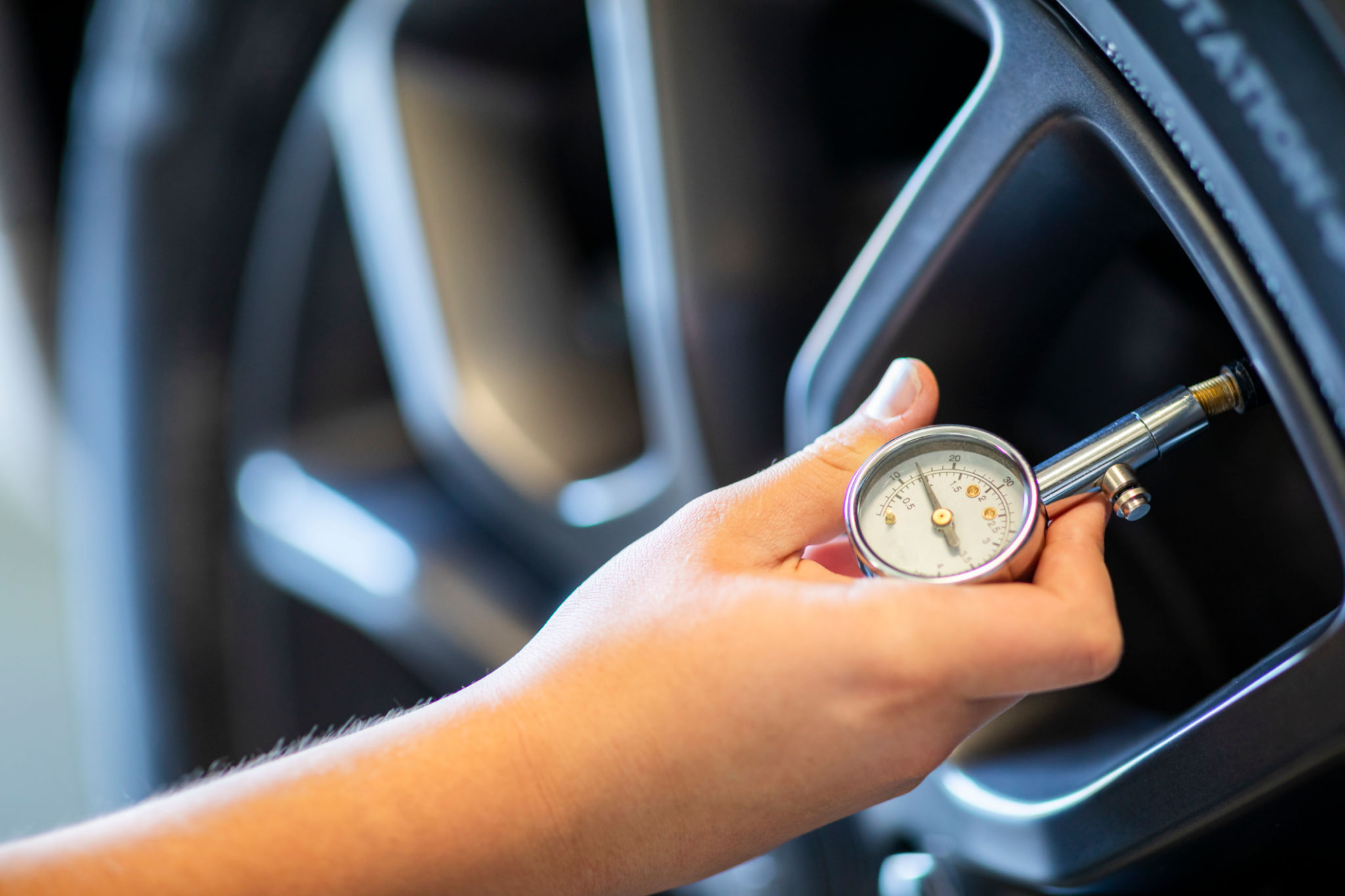Common Tire Myths Debunked: Facts Every Driver Should Know
Introduction to Tire Myths
Despite being one of the most critical components of your vehicle, tires are often misunderstood. Many drivers are influenced by common tire myths, which can lead to poor maintenance practices and even safety risks. In this blog post, we'll debunk some of these myths and provide you with the facts every driver should know.

Myth 1: All Tires Are the Same
One of the most pervasive myths is that all tires are created equal. In reality, tires vary significantly in terms of design, composition, and purpose. Different tires are designed for different vehicles, driving conditions, and seasons. For instance, winter tires offer better traction in snow and ice, while summer tires perform optimally in warm weather.
It's crucial to choose the right type of tire for your vehicle and driving habits. Not only does this enhance your vehicle's performance, but it also contributes to your safety on the road.
Choosing the Right Tire
- All-Season Tires: Ideal for year-round use in moderate climates.
- Winter Tires: Designed for snowy and icy conditions.
- Performance Tires: For enhanced handling and speed capabilities.

Myth 2: You Only Need to Check Tire Pressure When It's Low
Many drivers believe that tire pressure only needs attention when it appears visibly low. However, tire pressure can be affected by temperature changes, road conditions, and normal wear and tear. Driving with incorrect tire pressure can lead to uneven tread wear, reduced fuel efficiency, and even blowouts.
To maintain optimal tire performance, it's recommended to check your tire pressure at least once a month and before long trips. Using a reliable tire gauge ensures accuracy and helps you maintain the manufacturer's recommended pressure levels.

Myth 3: New Tires Should Always Go on the Front
There's a widespread misconception that new tires should be installed on the front axle. In fact, it's safer to have new tires on the rear axle. This is because having better tread at the rear helps maintain stability during wet conditions, reducing the risk of hydroplaning and loss of control.
When replacing two tires, always consult with a tire professional to determine the best position based on your vehicle's drive configuration and current tire conditions.
The Importance of Rear Traction
Rear traction is essential for maintaining control, especially in adverse weather conditions. Ensuring that your rear tires have adequate tread can prevent skidding and improve overall handling.

Myth 4: You Don't Need to Rotate Your Tires
Tire rotation is often overlooked but is a crucial part of tire maintenance. Some drivers mistakenly believe that if their tires are wearing evenly, there's no need to rotate them. Regular rotation helps distribute wear more evenly across all tires, extending their lifespan and improving performance.
Most manufacturers recommend rotating your tires every 5,000 to 8,000 miles. This simple maintenance task can save you money in the long run by delaying the need for new tires.
Benefits of Regular Tire Rotation
- Extended Tire Life: Promotes even wear across all tires.
- Improved Performance: Enhances handling and fuel efficiency.
- Cost Savings: Delays replacement costs by prolonging tire lifespan.

Conclusion: Stay Informed for Safer Driving
By debunking these common tire myths, we hope to encourage drivers to make informed decisions about their tire maintenance. Understanding the facts about tire care not only enhances vehicle performance but also contributes significantly to road safety. Remember, well-maintained tires are key to a smooth and secure driving experience.
Stay informed and consult with automotive professionals when in doubt. Your safety—and that of others on the road—depends on it.